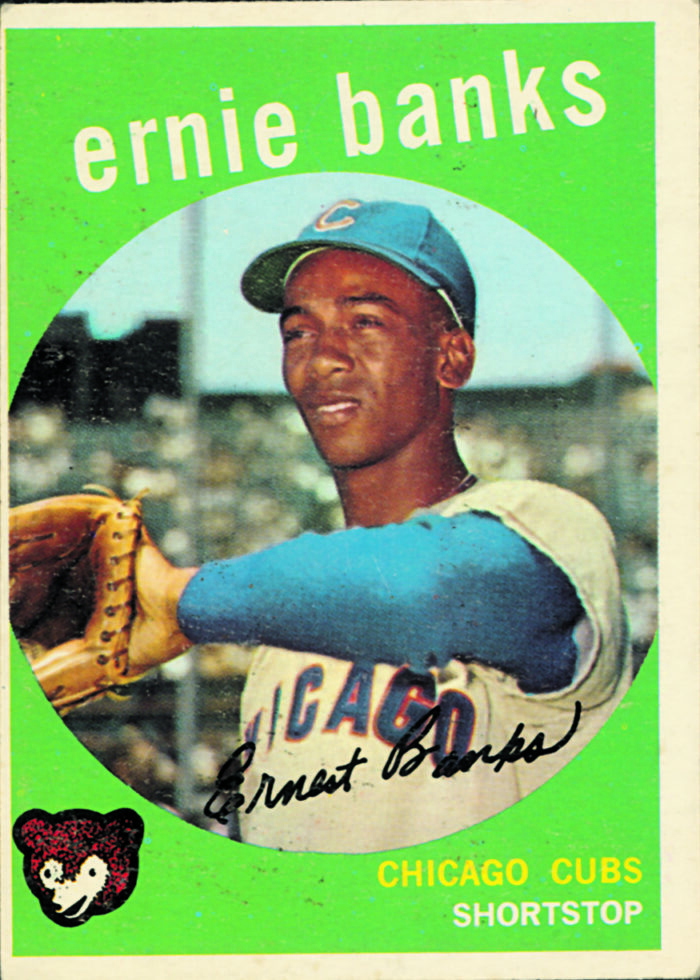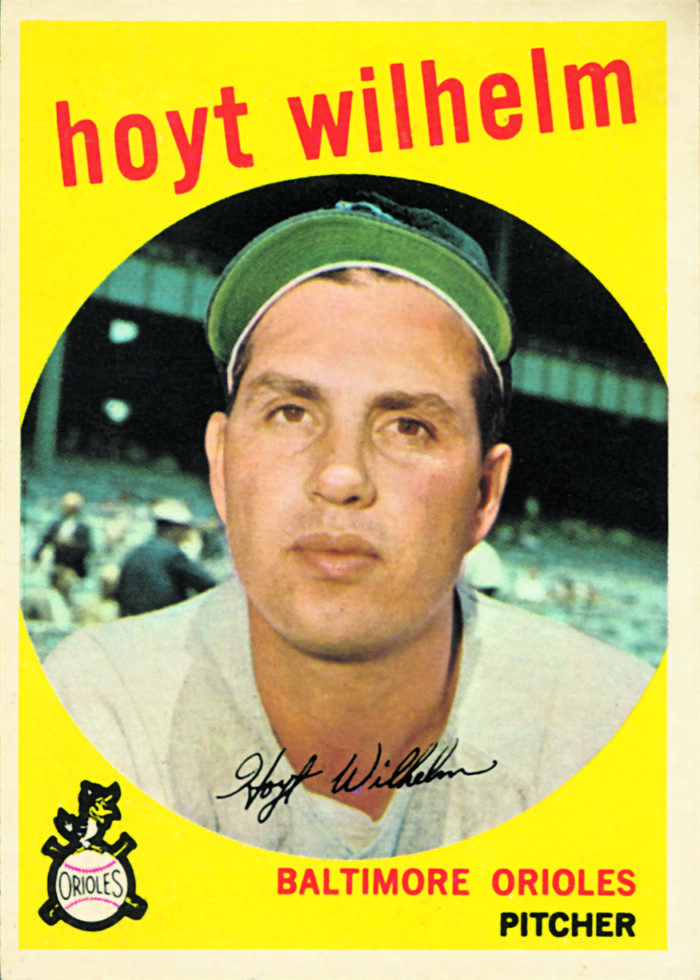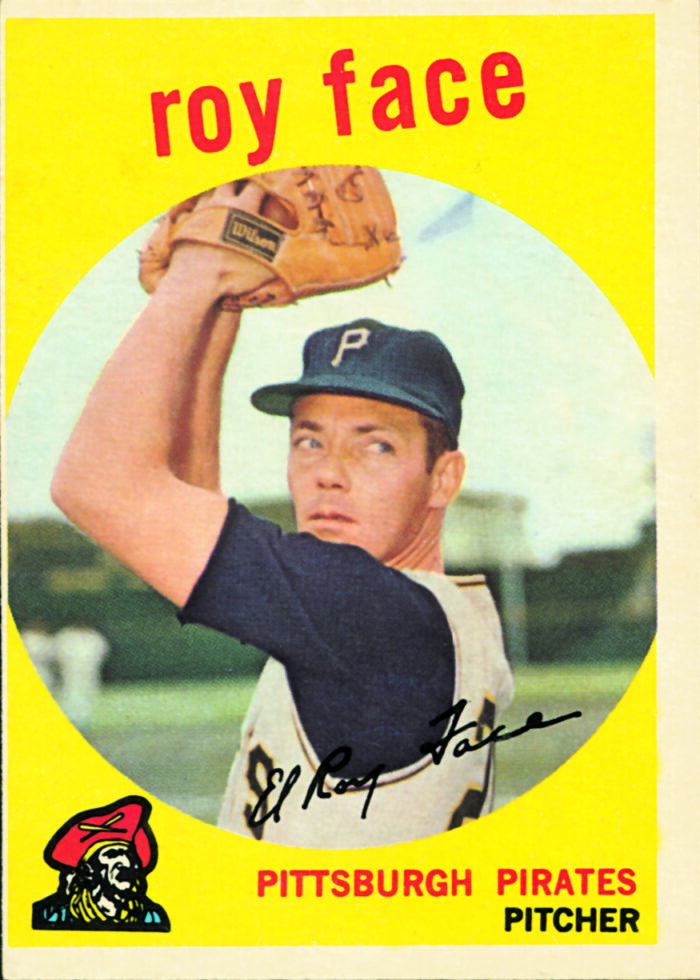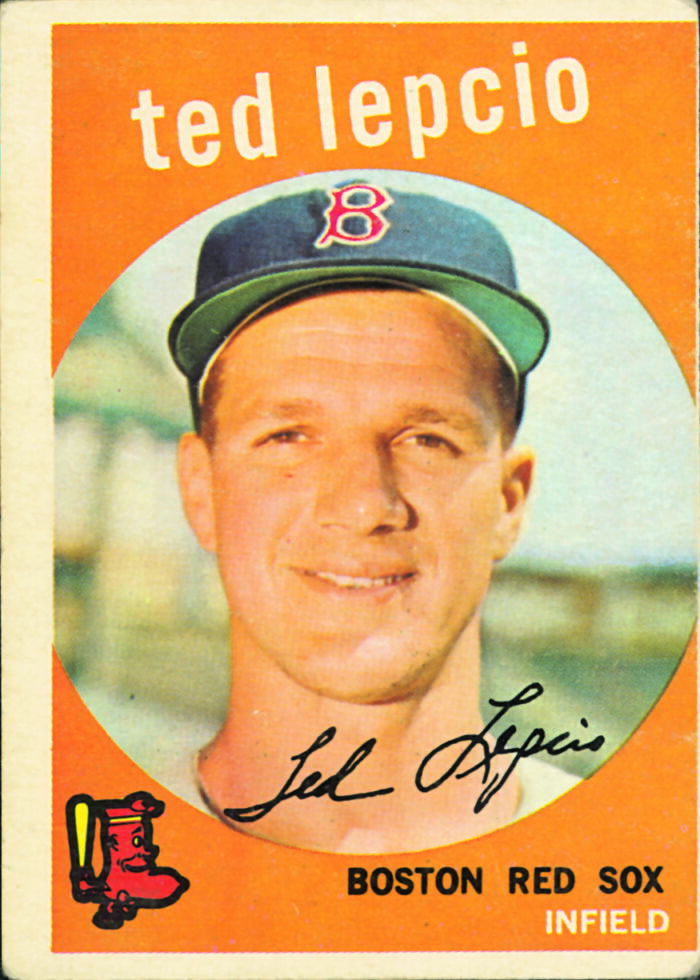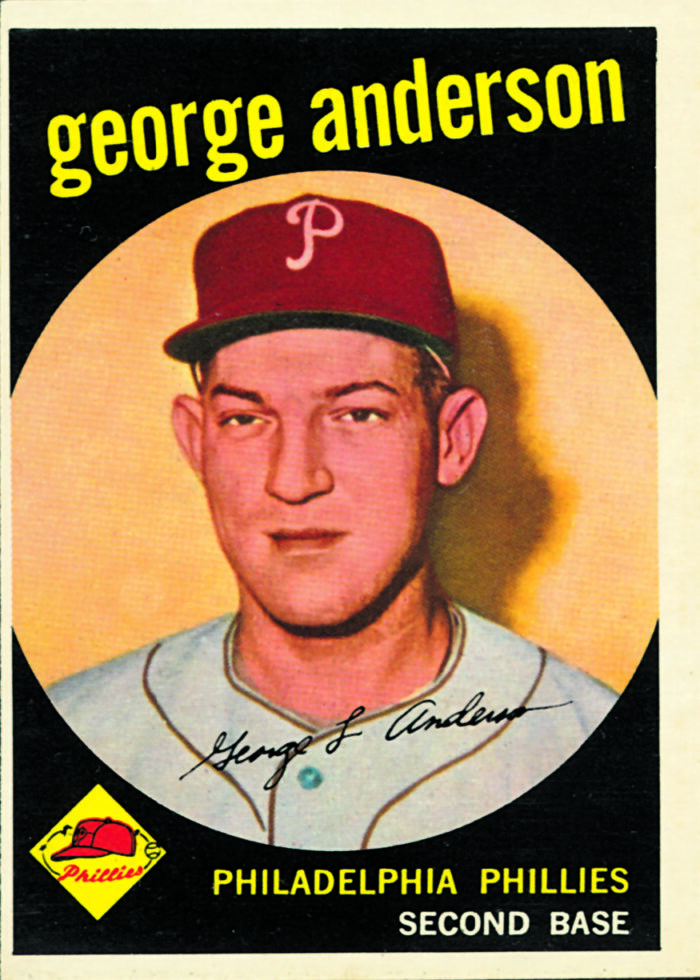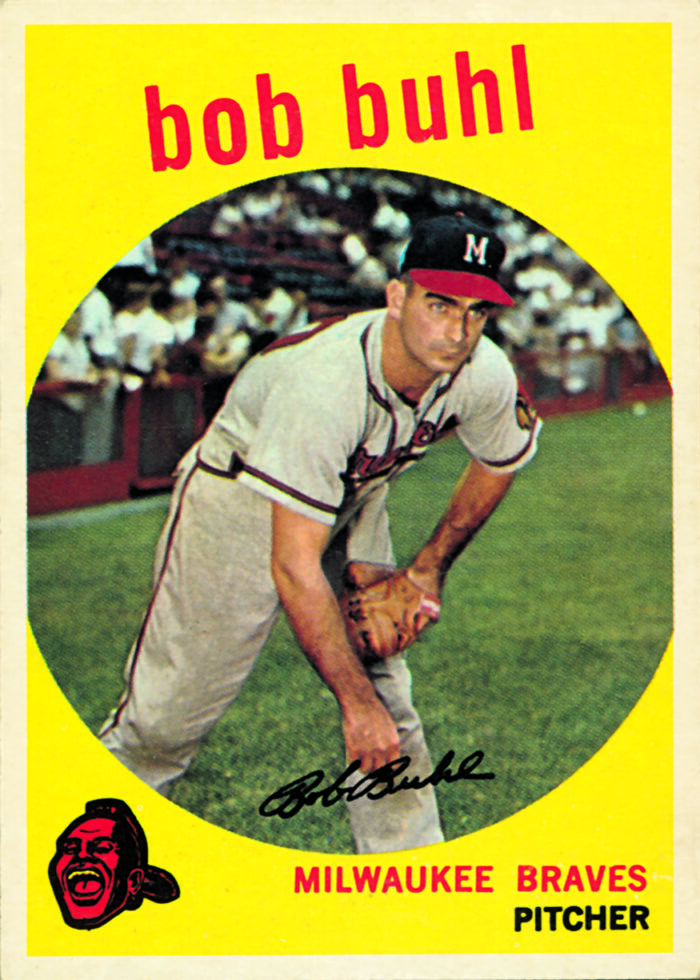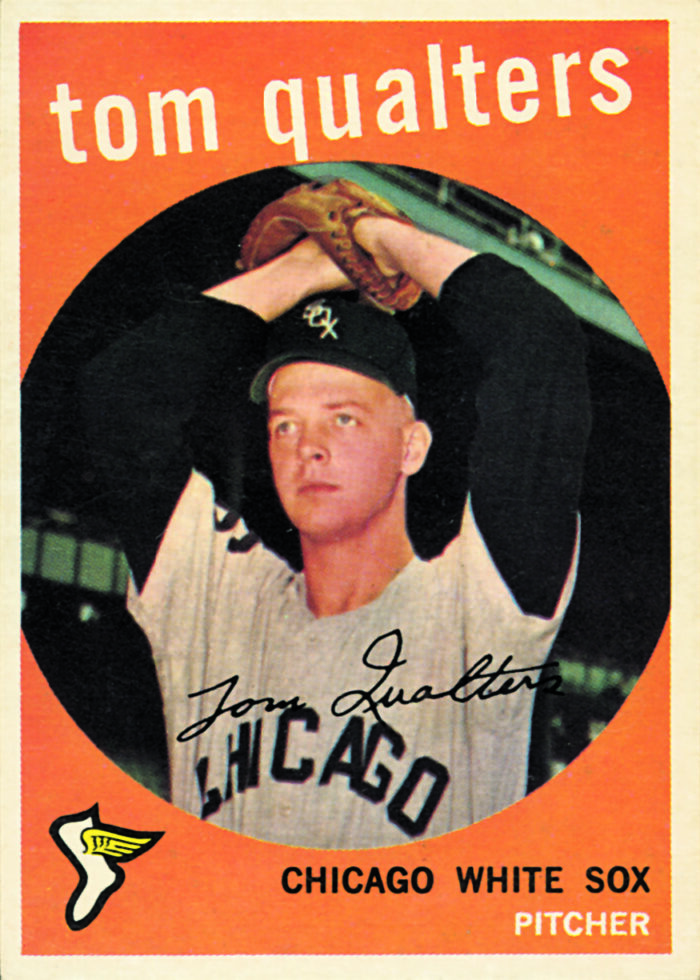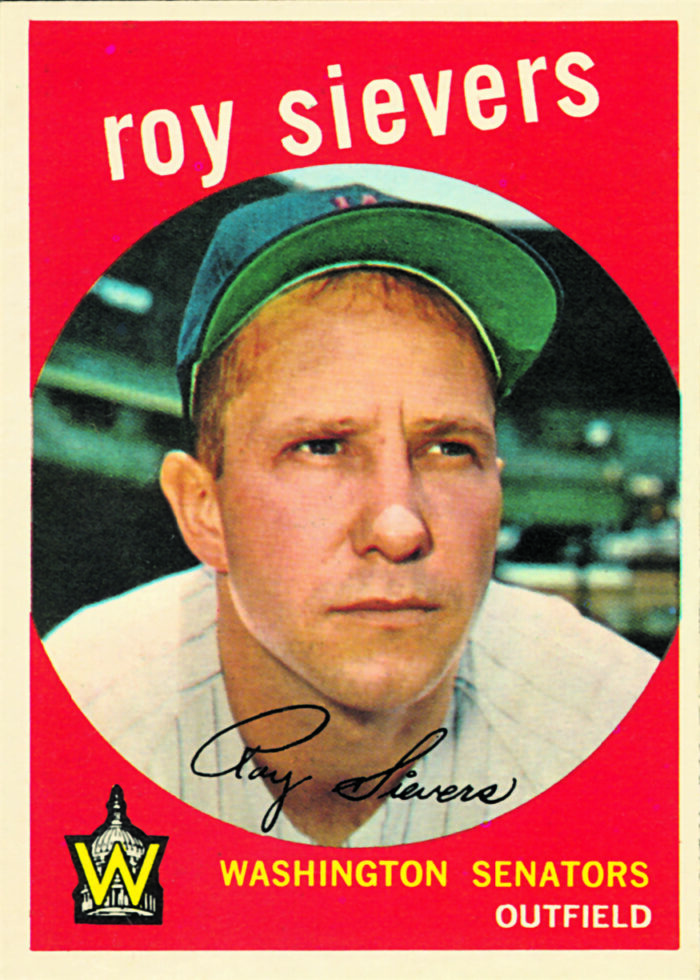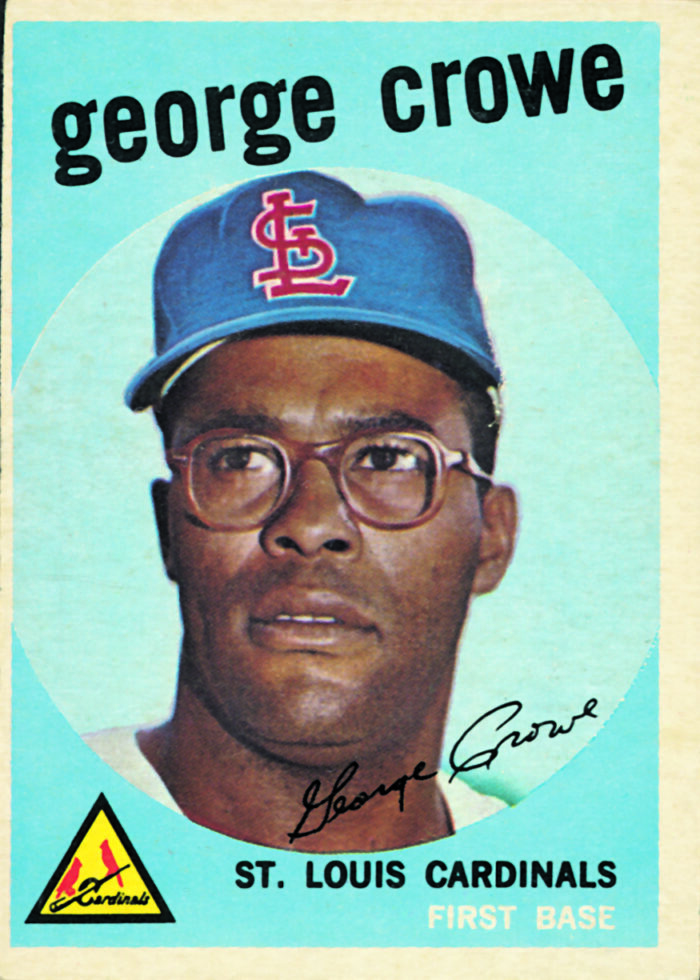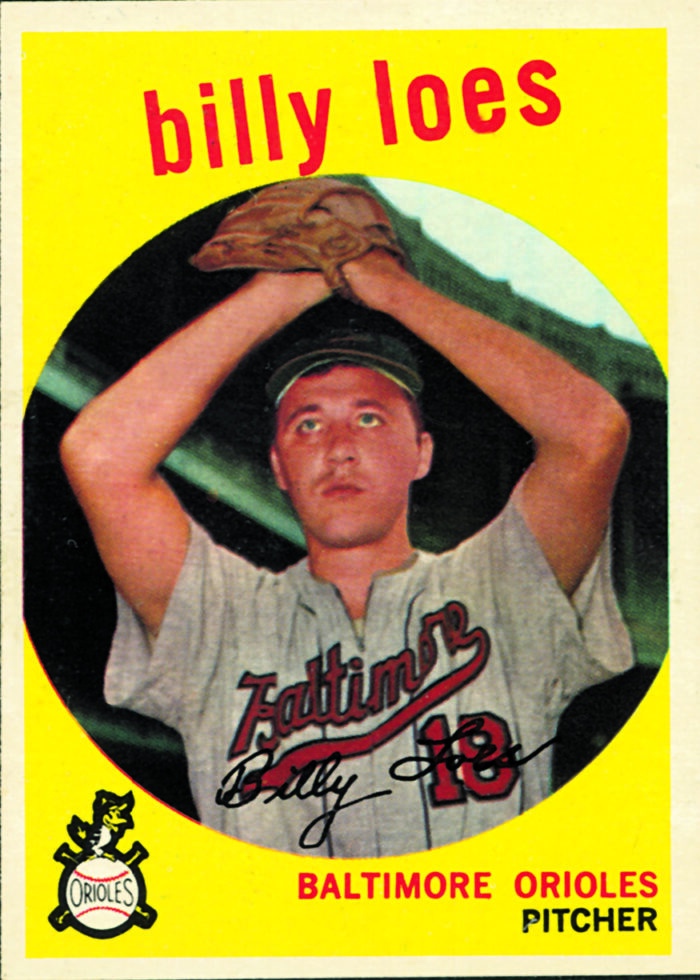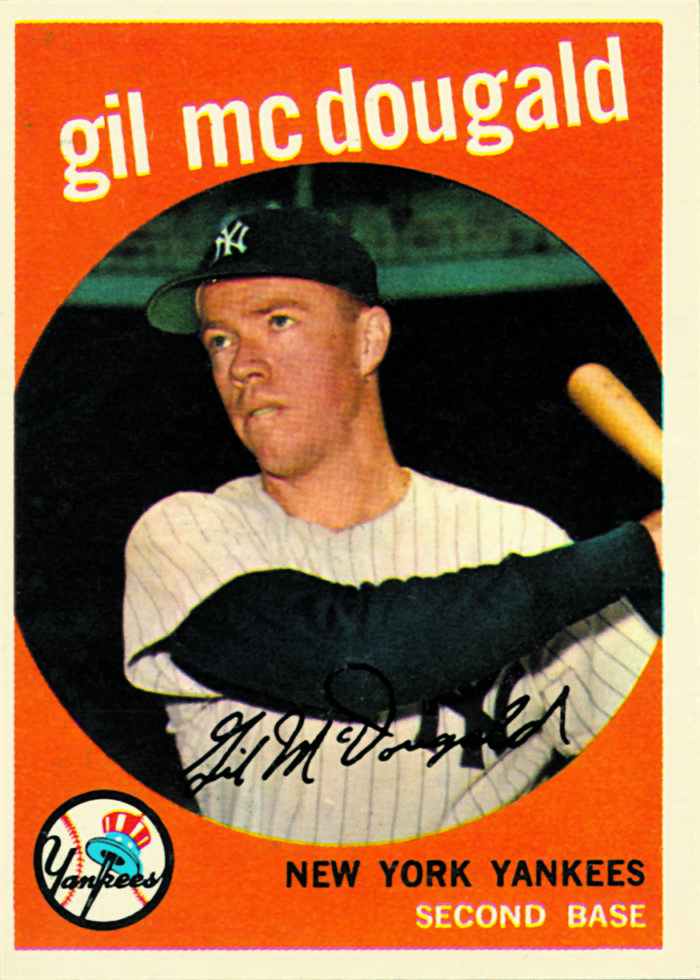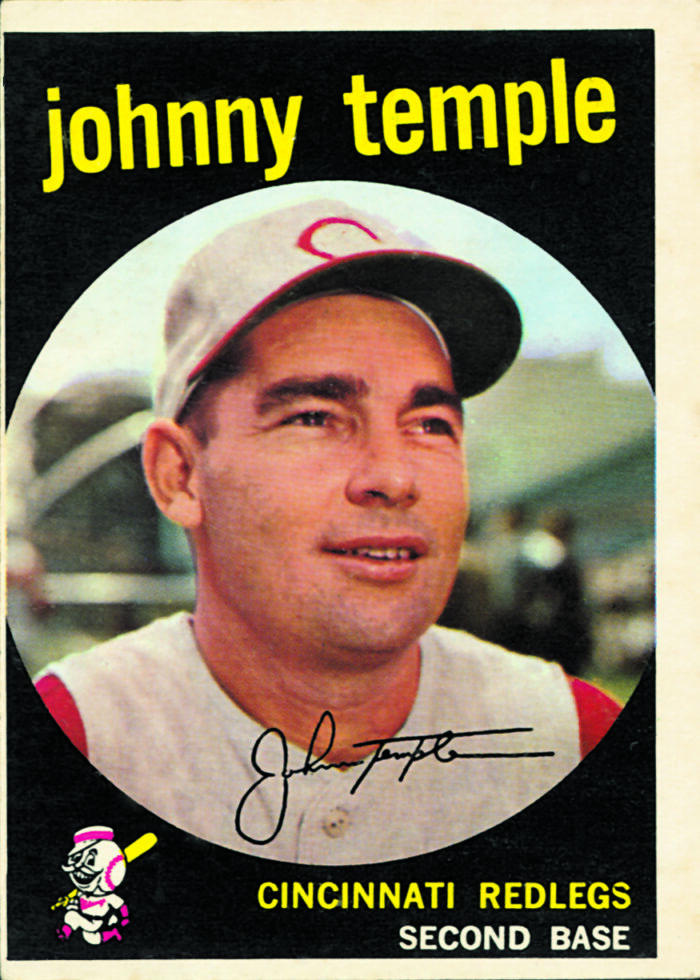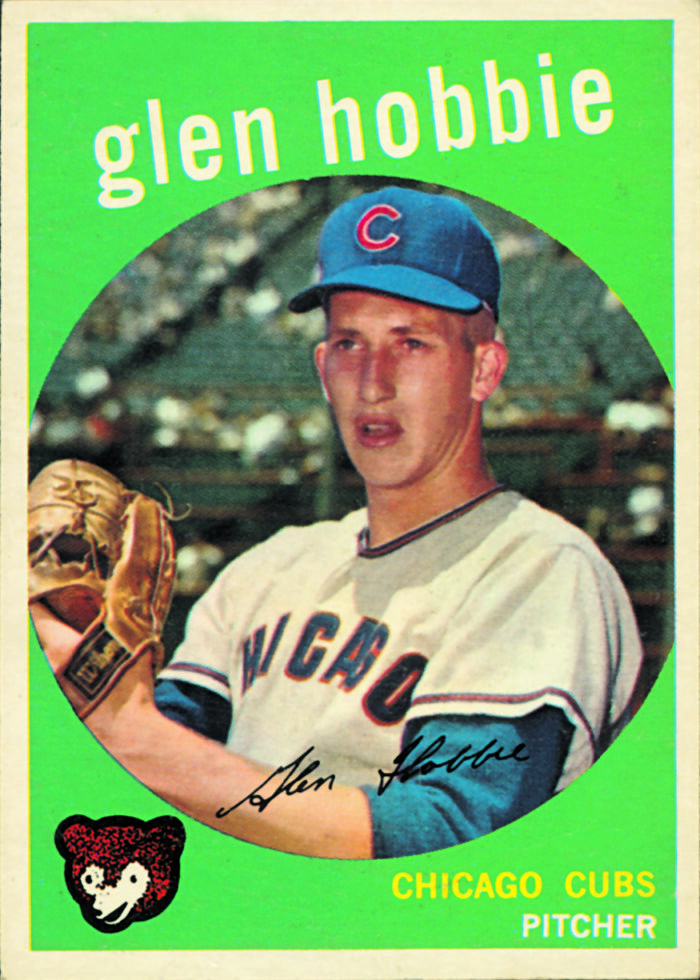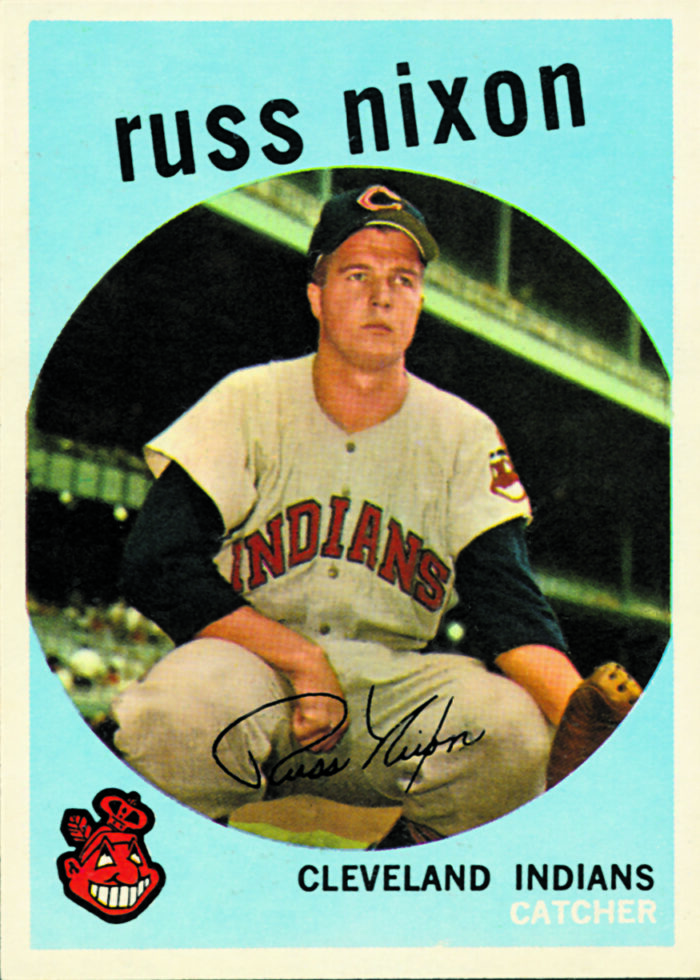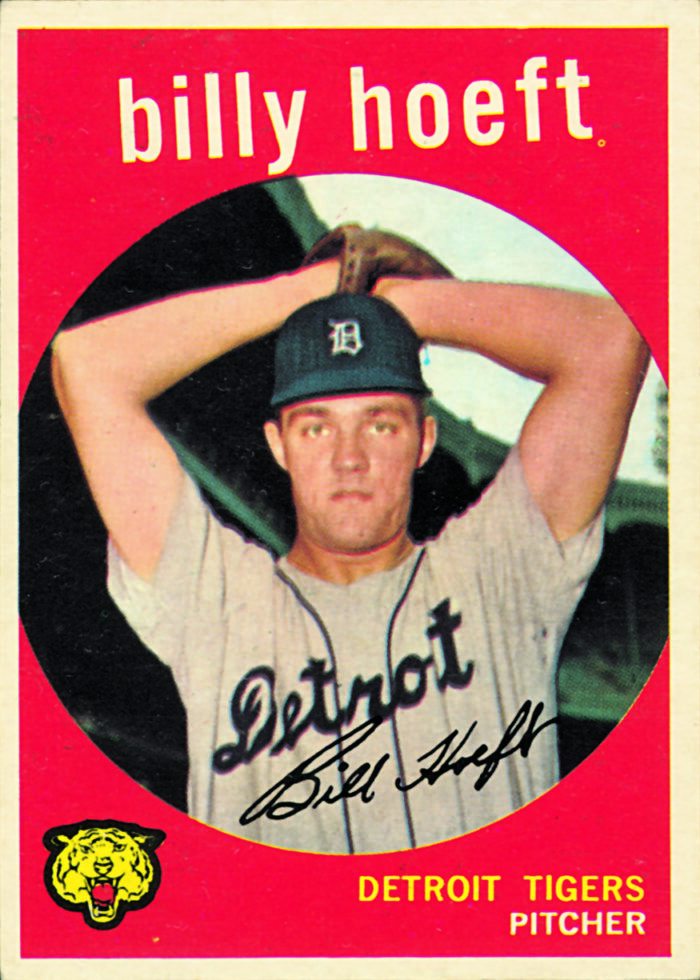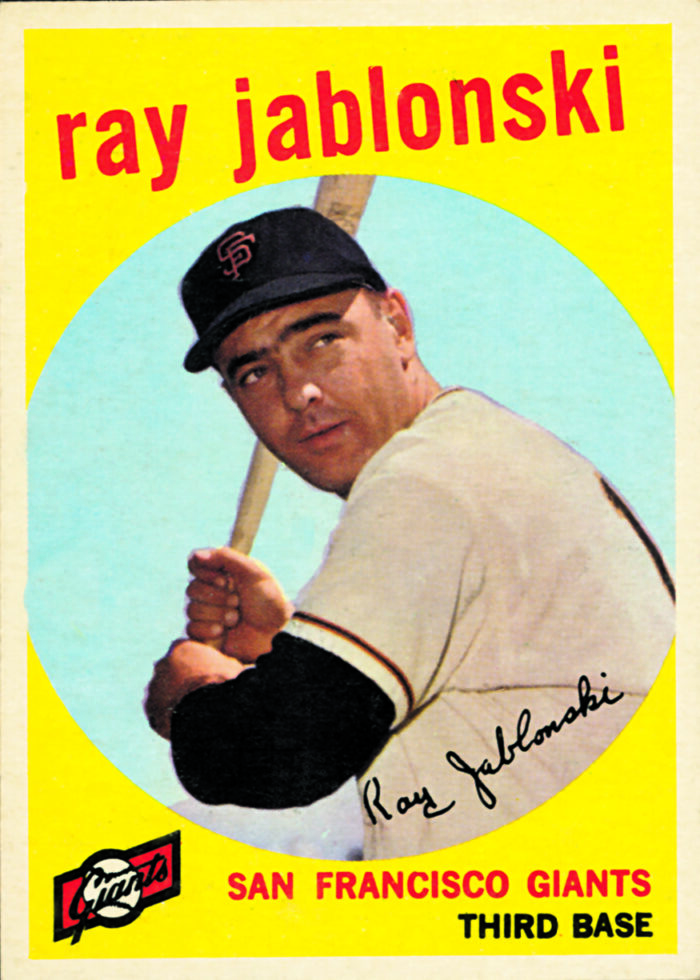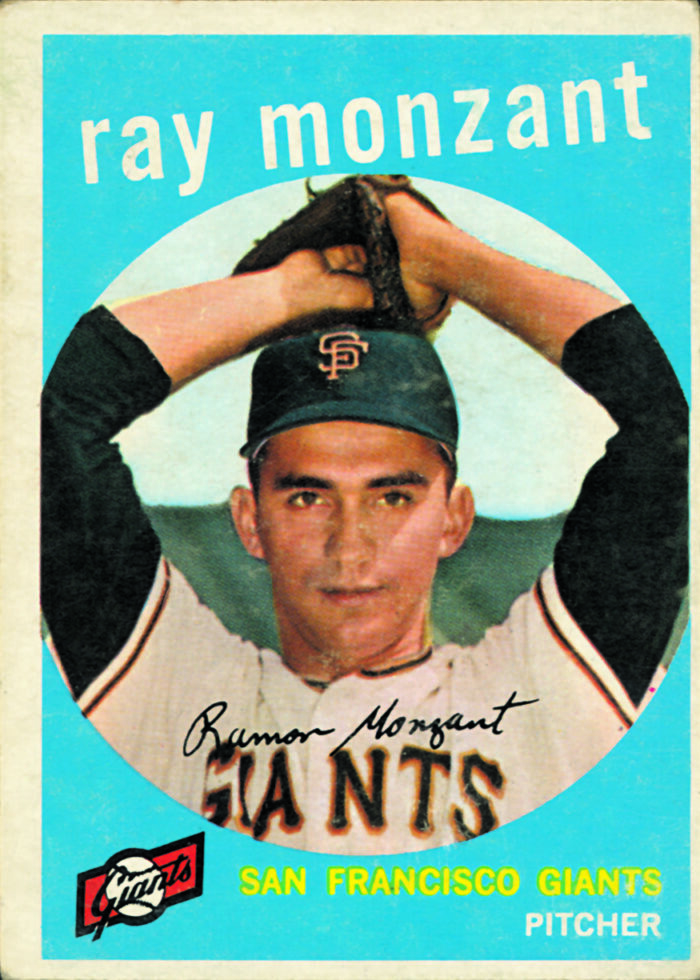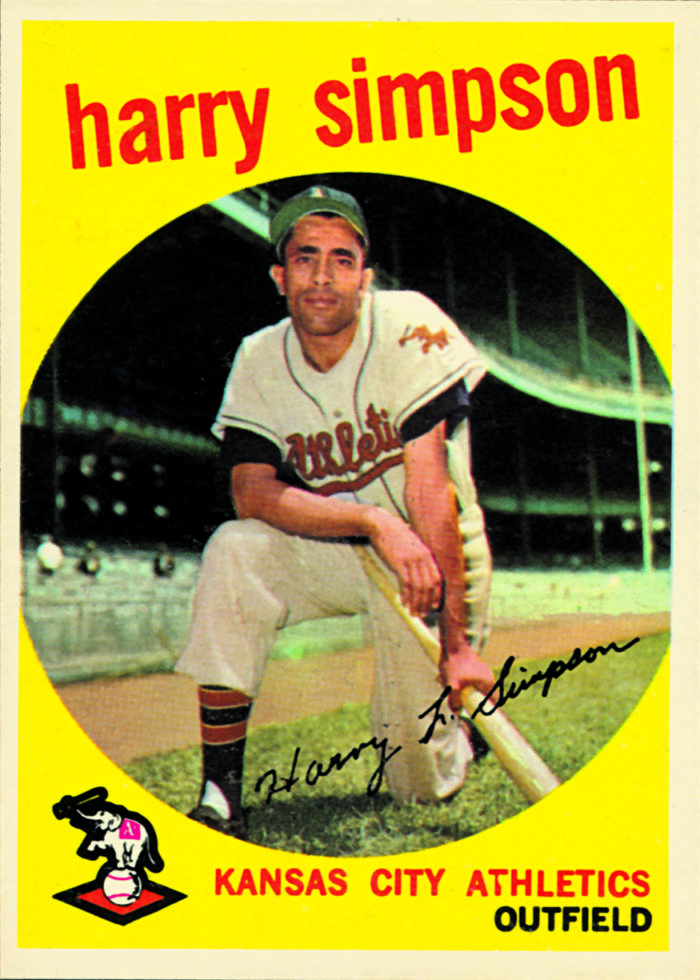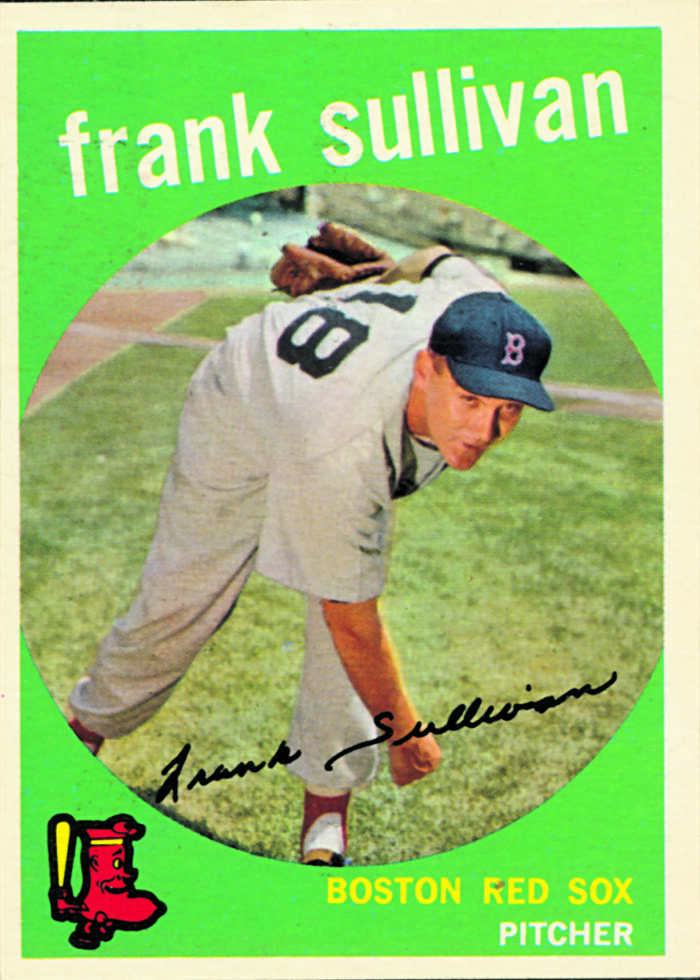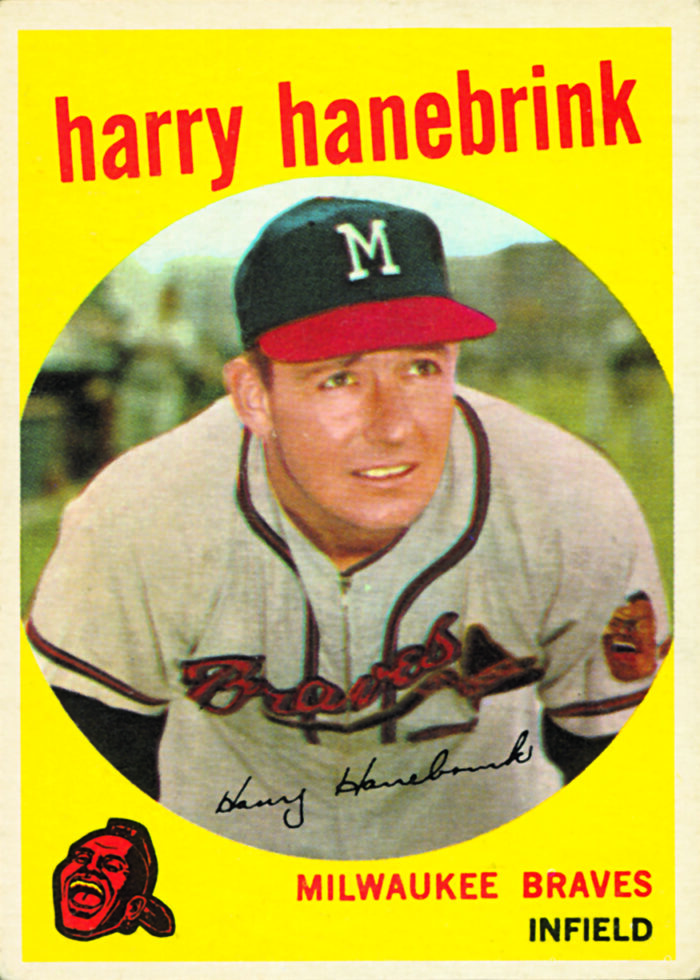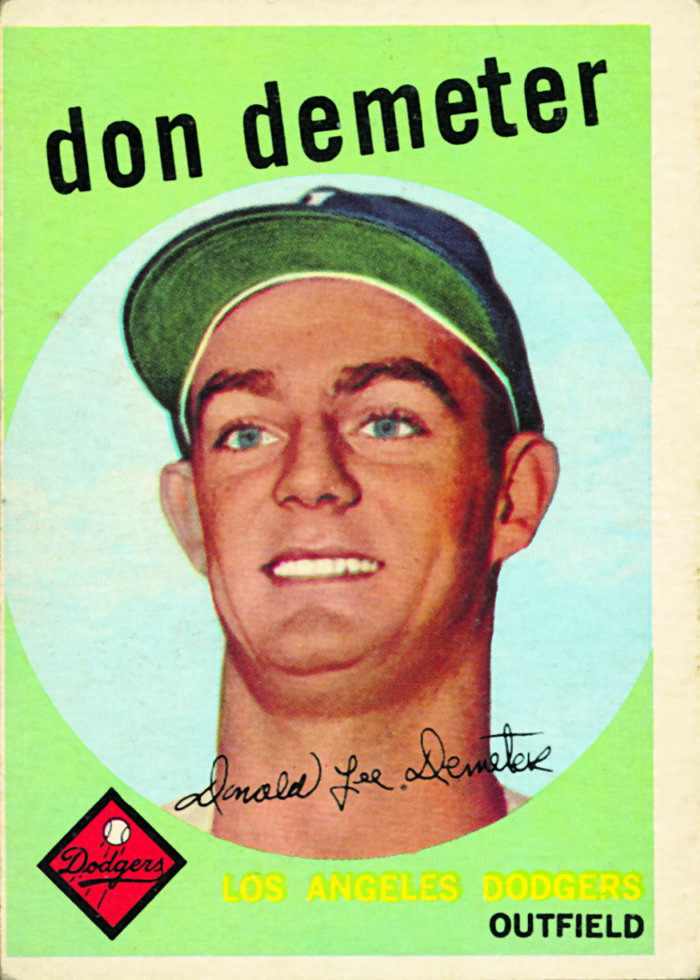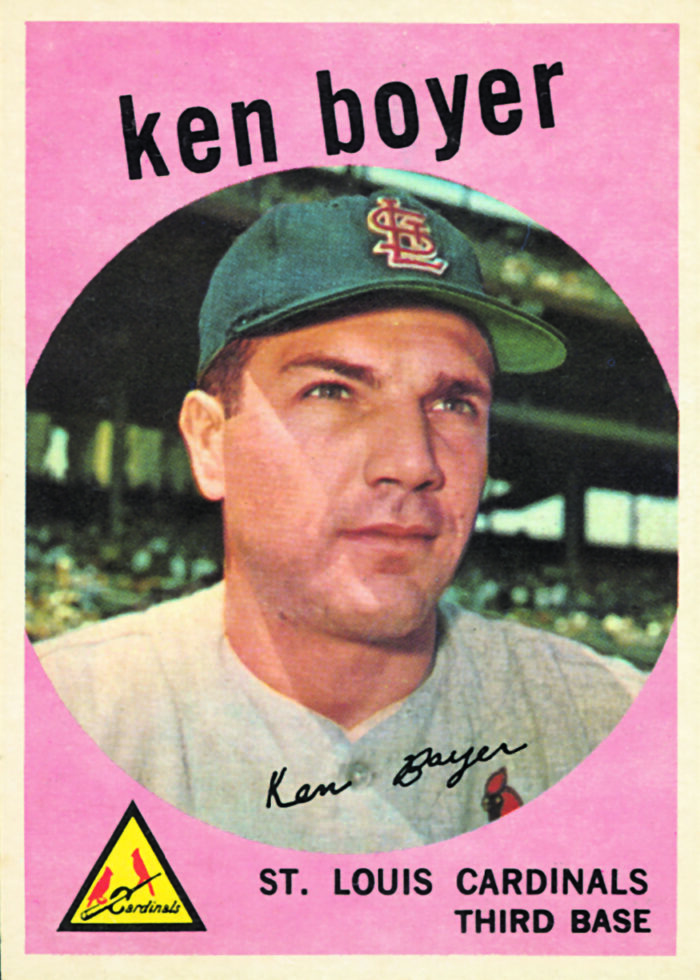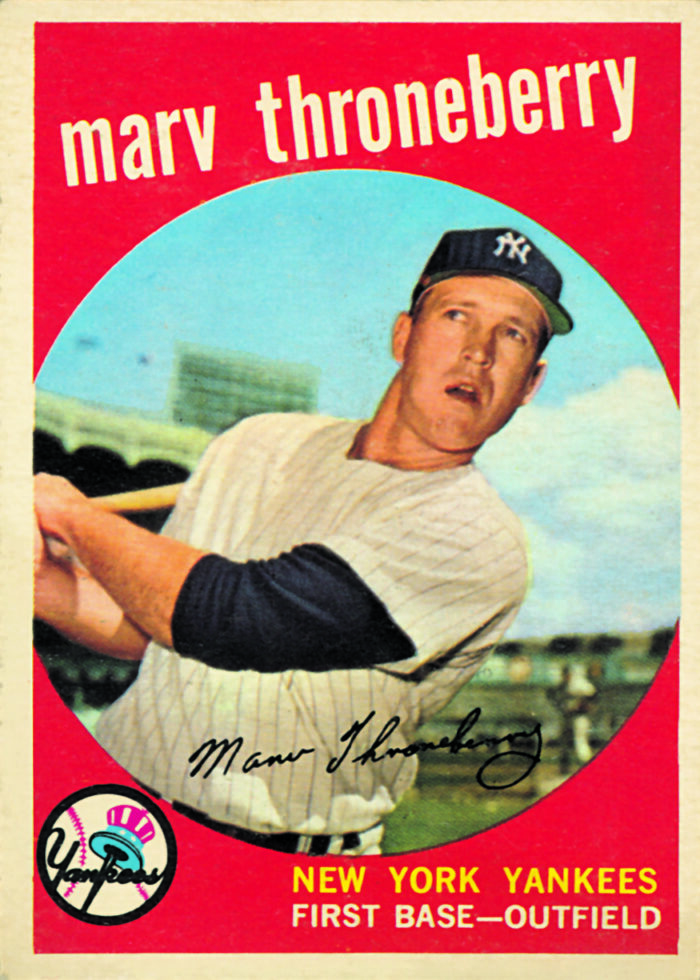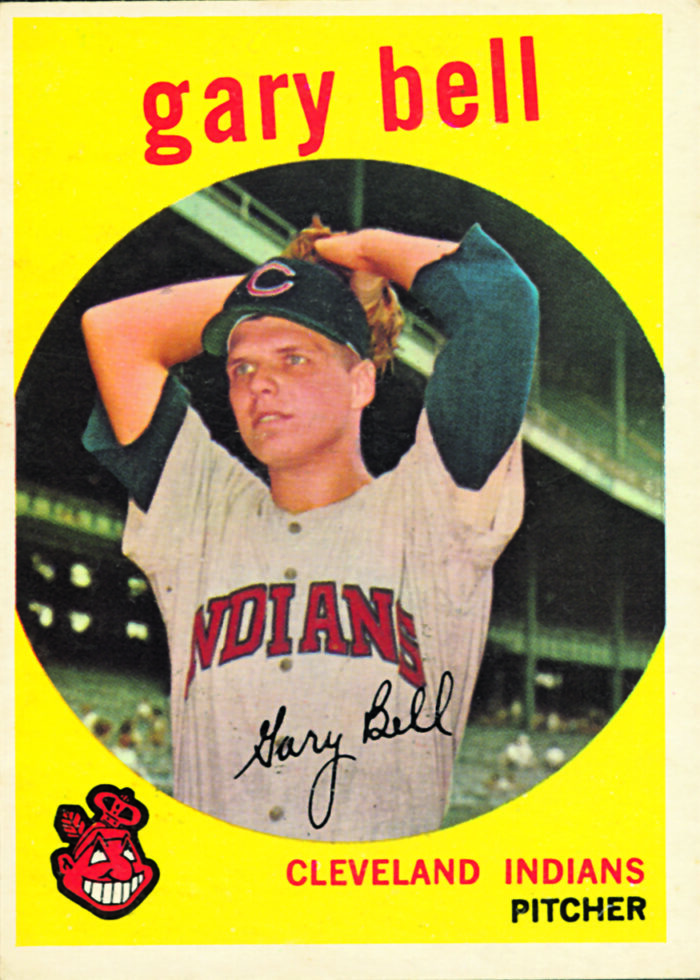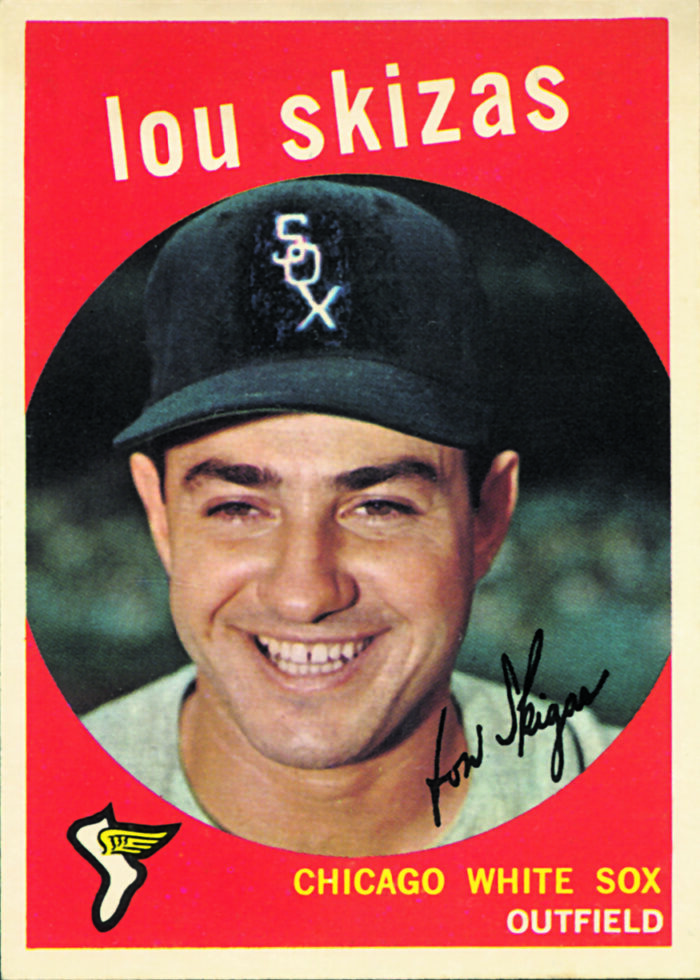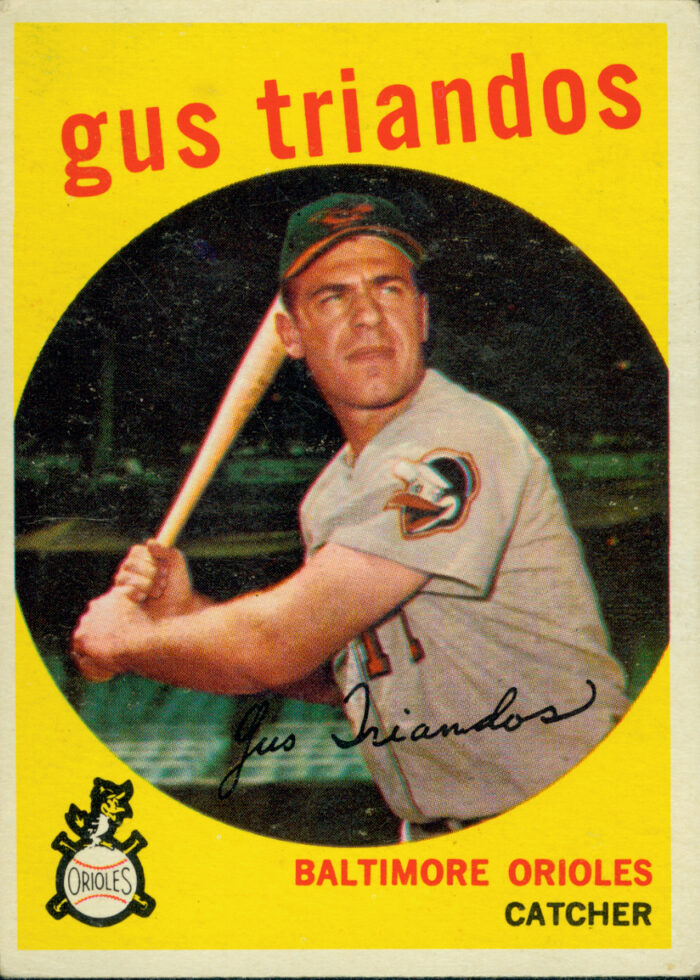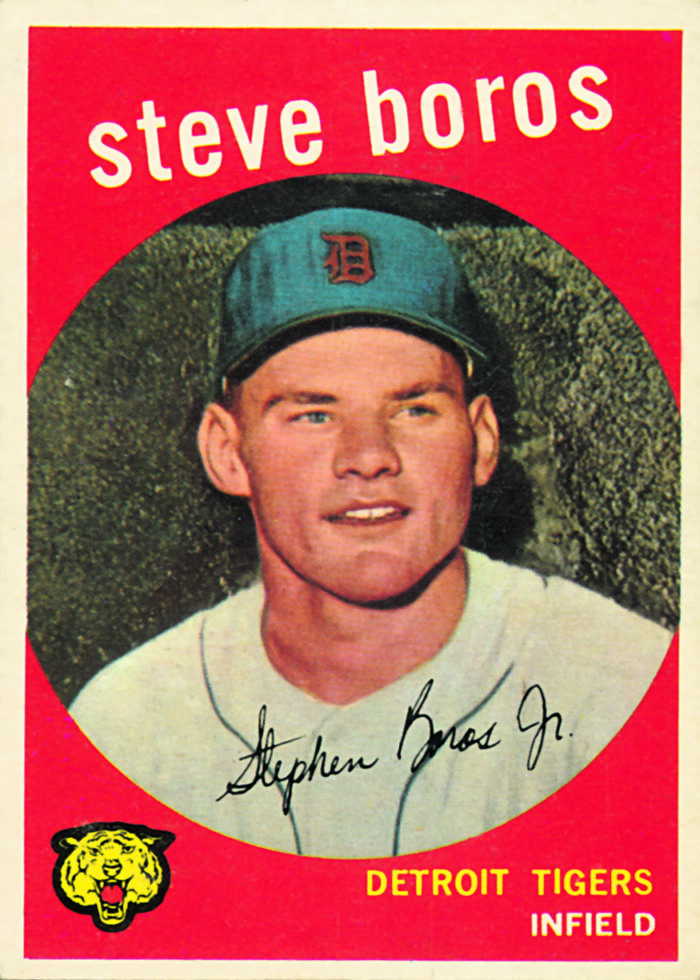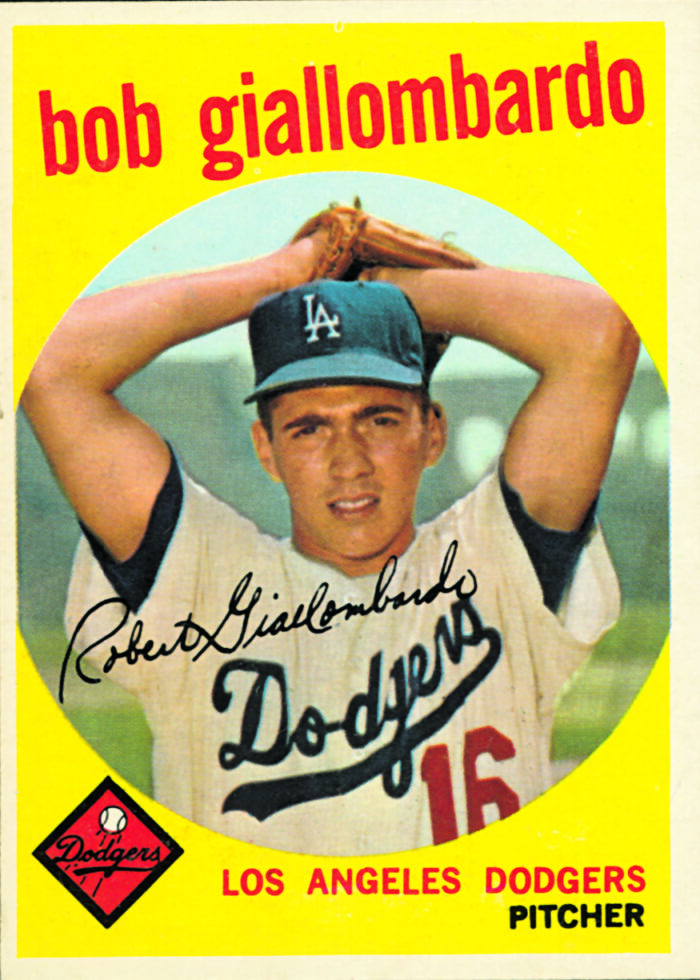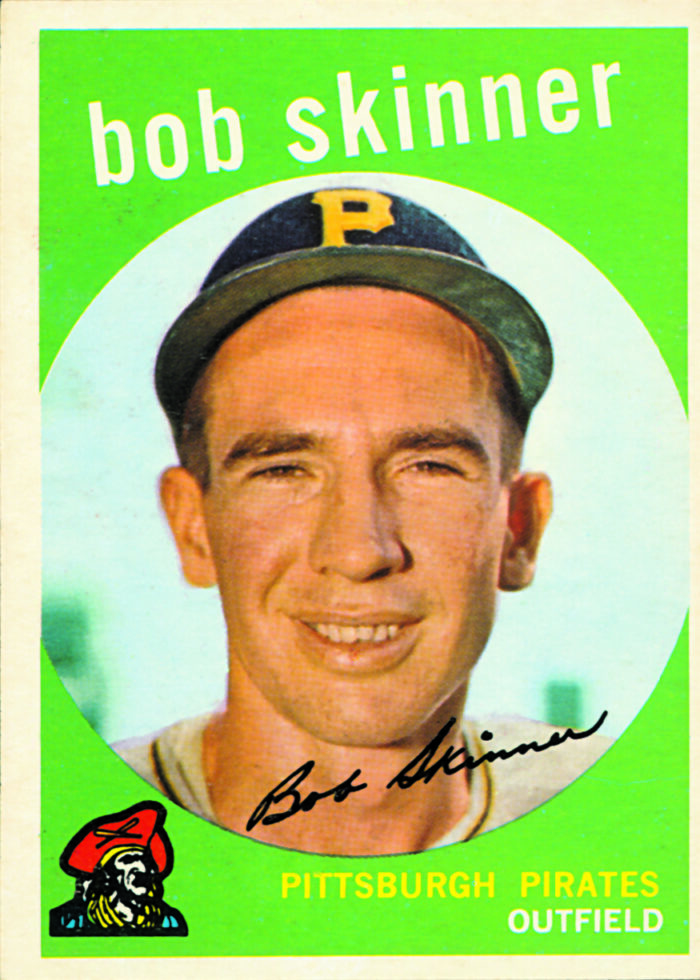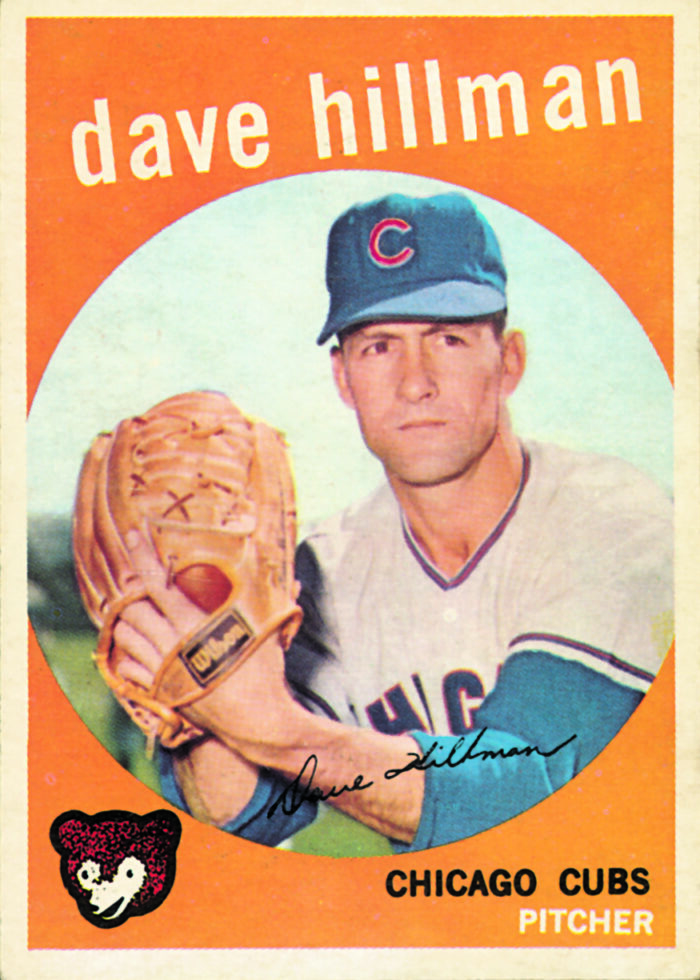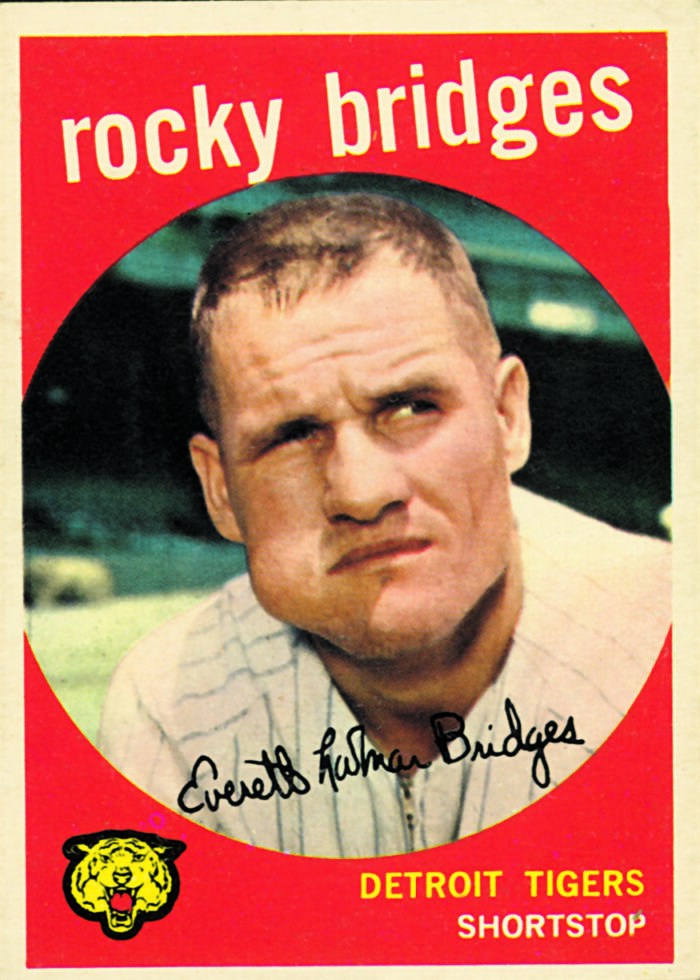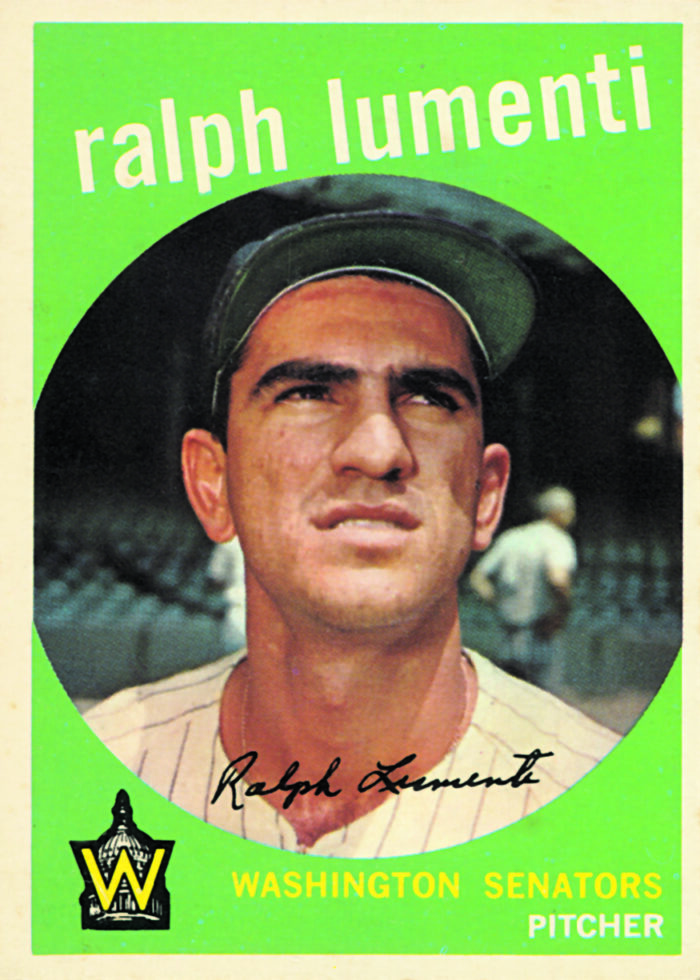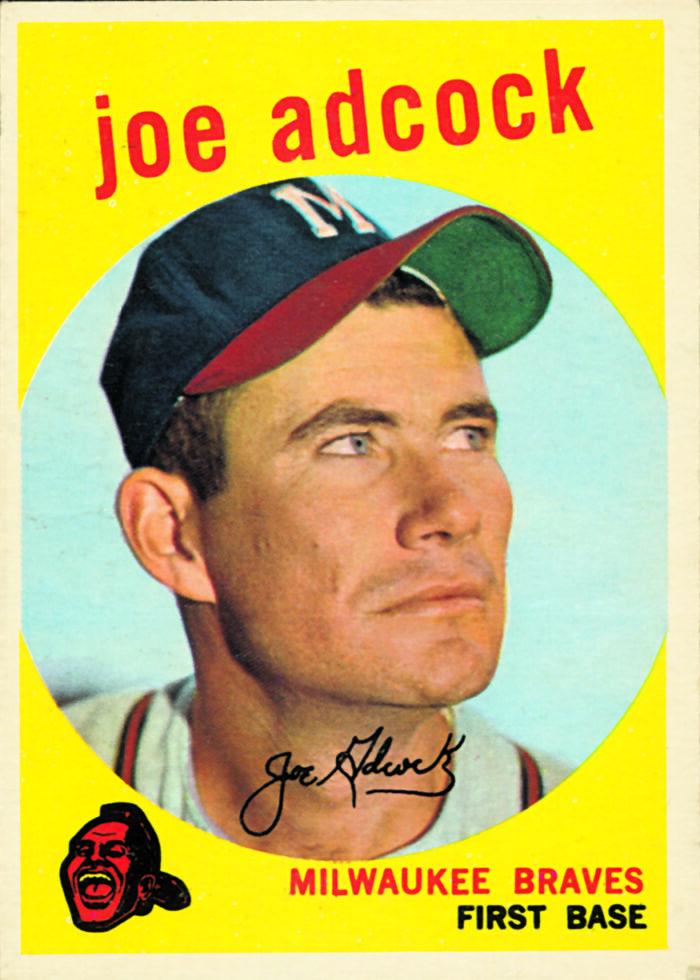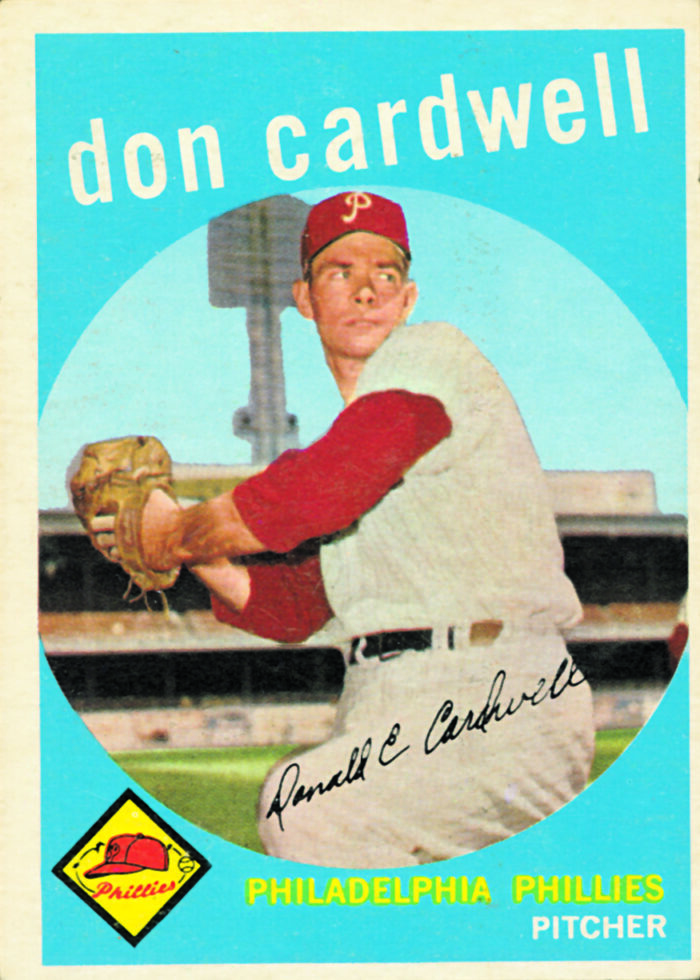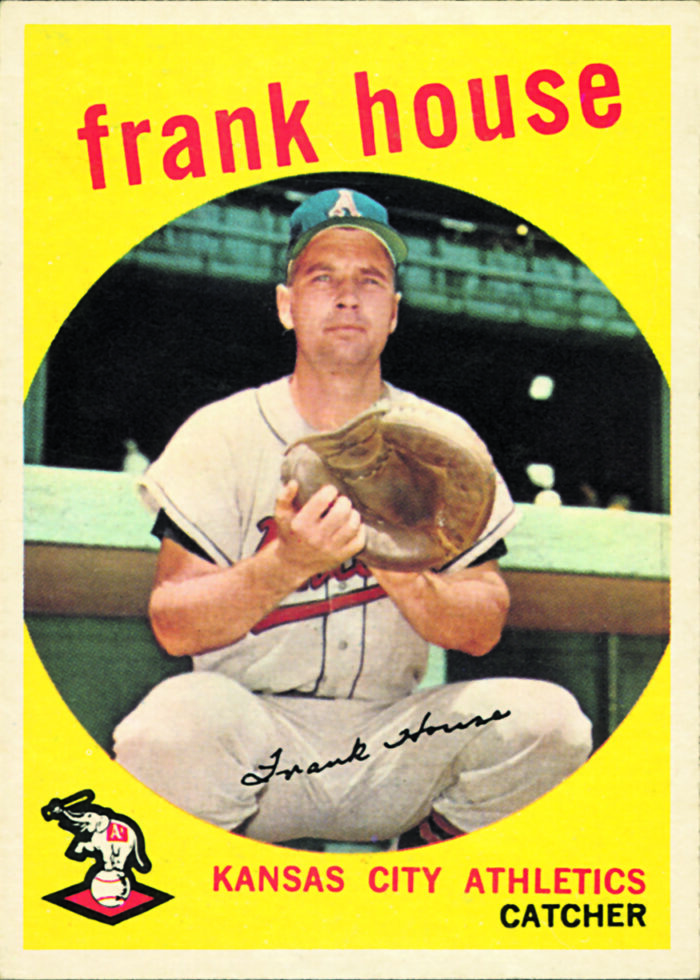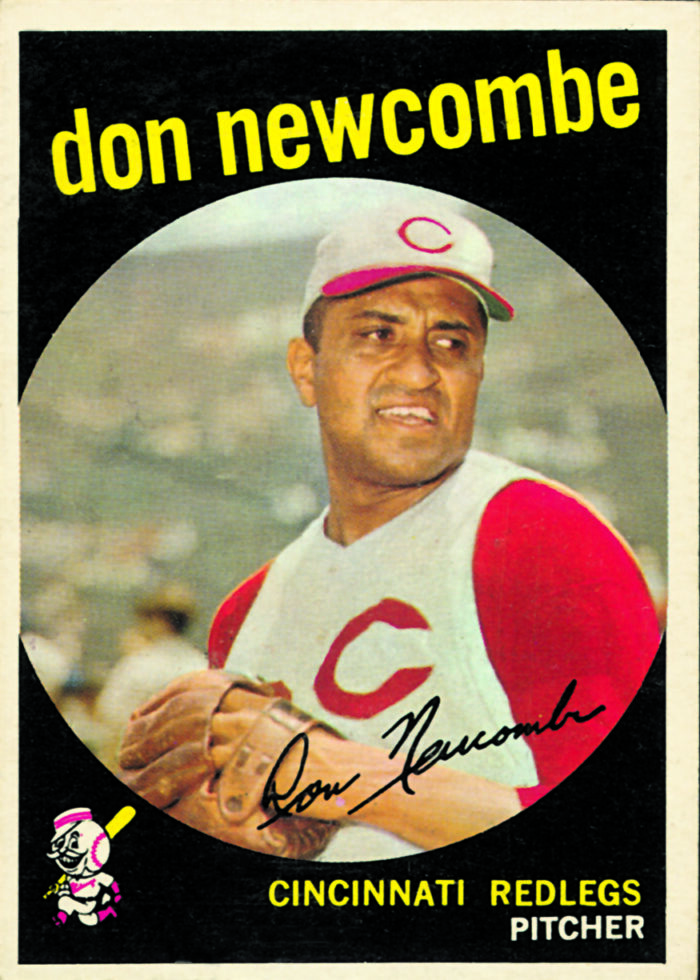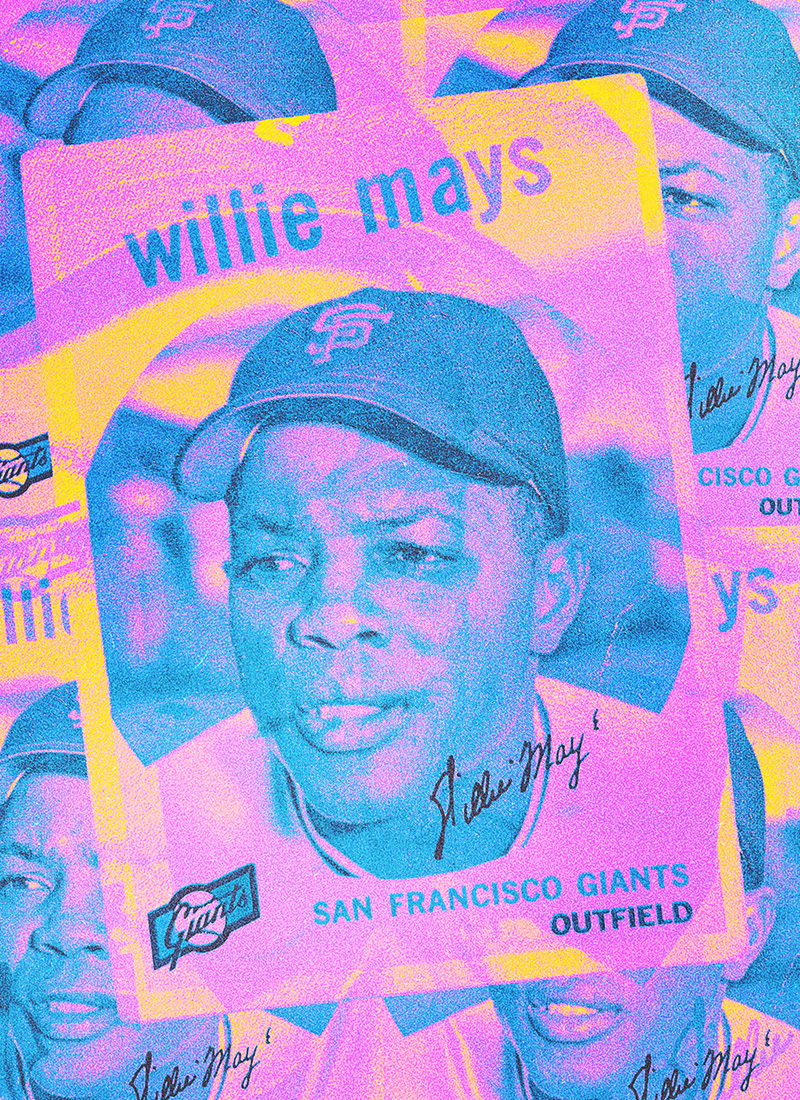

History of Every 1959 Topps Baseball Card
What started as a small-scale project ballooned into a massive, passionate undertaking for Phil Coffin.
When all was said and done, Coffin—an editor at the New York Times since 1997—became a published author writing about his childhood passion: baseball cards, specifically the 1959 Topps set.
When Baseball Was Still Topps: Portraits of the Game in 1959, Card by Card was released last December after Coffin spent six months meticulously researching and writing about the wide range of players in the ’59 Topps release.
“There was no intention for it to be a book,” Coffin said. “I started writing frivolous baseball essays several years ago. I wrote little vignettes about all the players in Jackie Robinson’s first game. That got me thinking about Dixie Walker because he was one of the players who did not want anything to do with Jackie Robinson. So, I thought, how many players named Dixie have been in Major League Baseball? So, I wrote essays about all the Dixies in Major League Baseball. When it came to Bastille Day, I wrote an essay about players named France or French or Frenchy or Paris or Napoleon.”
Coffin’s love for the ’59 Topps set popped into his mind while ruminating on random players. He thought it would be fun to write about those cards.
“I had forgotten there were 572 cards,” Coffin said. “I got started with card number one, Ford Frick, the commissioner. I started going one by one through the set — 1 to 572.”
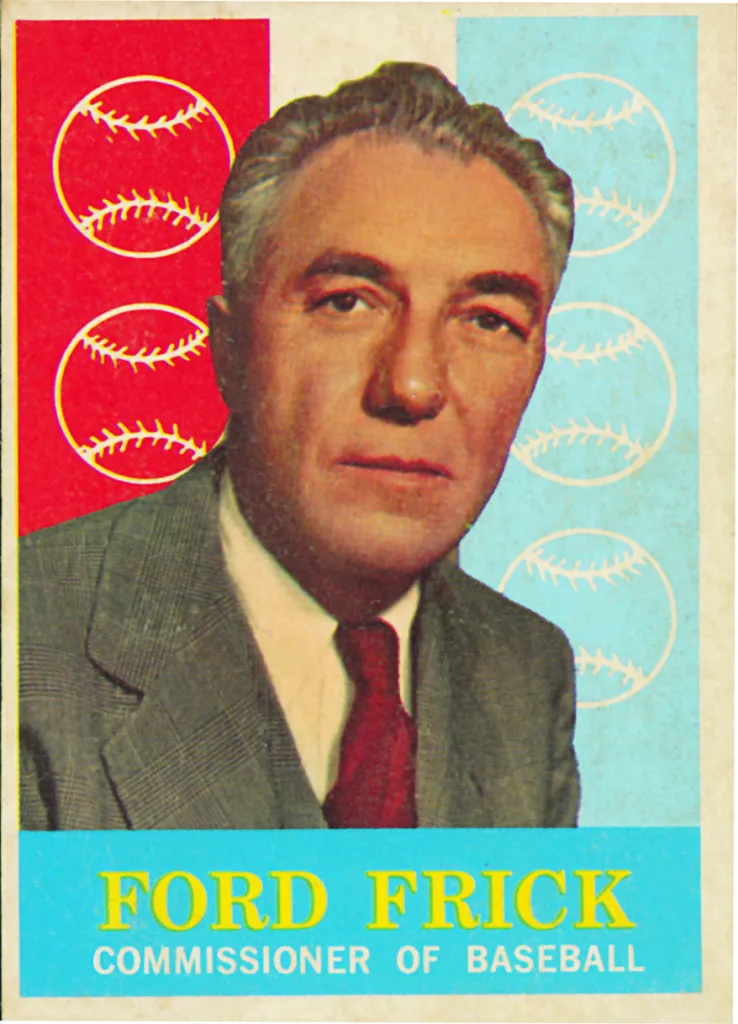
Some of Coffin’s essays are as brief as 75 words. Others are considerably longer, upwards of 700 words.
Telling the stories of the players became a daily routine for Coffin.
“Every night after dinner, I would say to my wife, ‘Well, I’m going to go up and down some more rabbit holes tonight,'” Coffin said. “She started calling this ‘Project Bunny Ball’ because of the rabbit holes every night.
“After a while, she said, ‘You know this is a book.’ I’ve never written a book—of course, this is not a book. But I realized she was right after a while: this can be a book.”
“We come to baseball because we love what we see on the field. But the elements about the players and the game off the field make it so much more rich and rewarding.”
– Phil Coffin
What Makes the 1959 Topps Baseball Set So Unique?
The 1959 Topps set has stuck with Coffin since his childhood.
“That was the year I first started collecting baseball cards and the year I fell in love with baseball,” said the 71-year-old Coffin. “I was a nerdy little 6-year-old who had two older brothers who were baseball fans, and they were collecting cards. I joined them and thought, ‘These are fantastic.’ The game was just great.”
As a kid, Coffin spent every nickel he had on buying baseball cards; he was able to hand-collate the entire 1959 set.
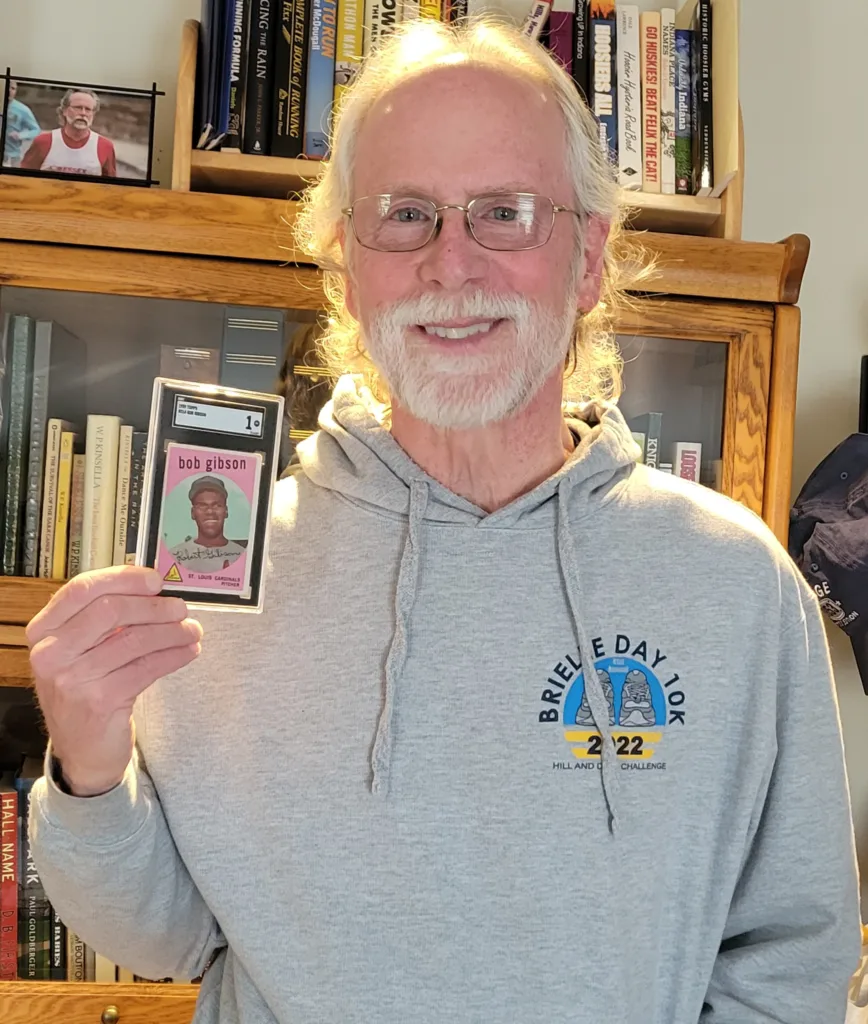
Phil Coffin holding a 1959 Topps Baseball Gibson card. A gift from his wife, Laura Messina, completing his 1959 set. (photo courtesy of Phil Coffin)
’59 Topps Baseball Has Plenty of Stories to Tell
Through his digging, Coffin discovered some amazing stories about amazing individuals. A couple really stands out in his mind.
Coffin has always appreciated the card of Cincinnati Reds catcher Dutch Dotterer, who had a brief MLB career.
“It’s sort of an action picture of him with his mask off sort of looking up,” Coffin said. “It must have been like a spring training game or something because the background is not Crosley Field. But there was something about the action in the card and the pose. It didn’t seem totally posed like many of them were.”
Coffin’s favorite story, which he uncovered, didn’t center around baseball. Detroit Tigers slugger Gus Zernial spent each offseason living in Hollywood. In 1951, a press agent asked Zernial if he wanted to be in a photoshoot with an up-and-coming movie star, Marilyn Monroe. Zernial’s wife wasn’t thrilled about the idea, but Zernial agreed to the shoot.
“It’s a cheesy ’50s photoshoot,” Coffin said. “He’s got his arms around her, trying to show her how to hold a bat and all that. It winds up being in a magazine.”
“Fast-forward into the season: Zernial’s White Sox are in New York for a series, and Monroe is in New York. The papers write the predictable stories about the slugger and the starlet, and Joe DiMaggio sees the stories. He says something to the effect of, ‘How in the world does Gus Zernial get to be with a girl like that?’ So, DiMaggio’s people reach out to Zernial’s people, and information is passed along. That’s how Joe DiMaggio met Marilyn Monroe.”
In addition to some fantastic stories, Coffin hopes readers have valuable takeaways from his book. “I hope that there’s a mosaic there that helps people understand the game in the ’50s and ’60s and some of the things that were going on,” Coffin said. “Beyond that, I hope people see just how many enjoyable stories there are about the game and the players. We come to baseball because we love what we see on the field. But the elements about the players and the game off the field make it so much more rich and rewarding. I hope these stories help people get a feel for how rich and rewarding all that can be.”

